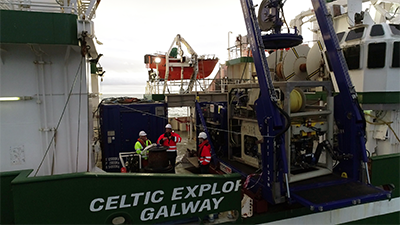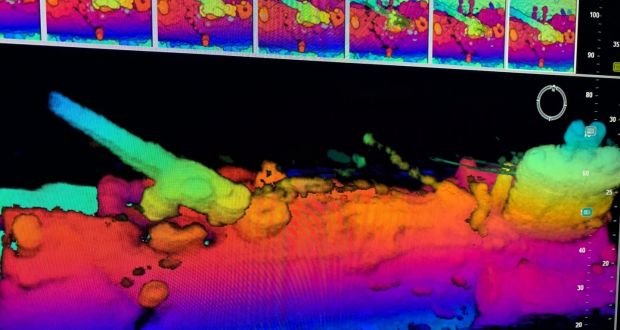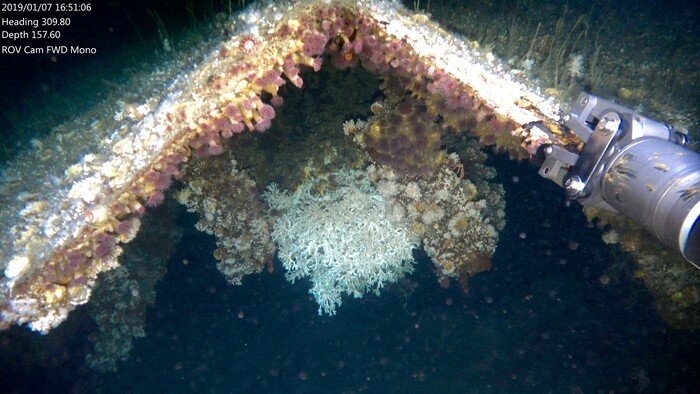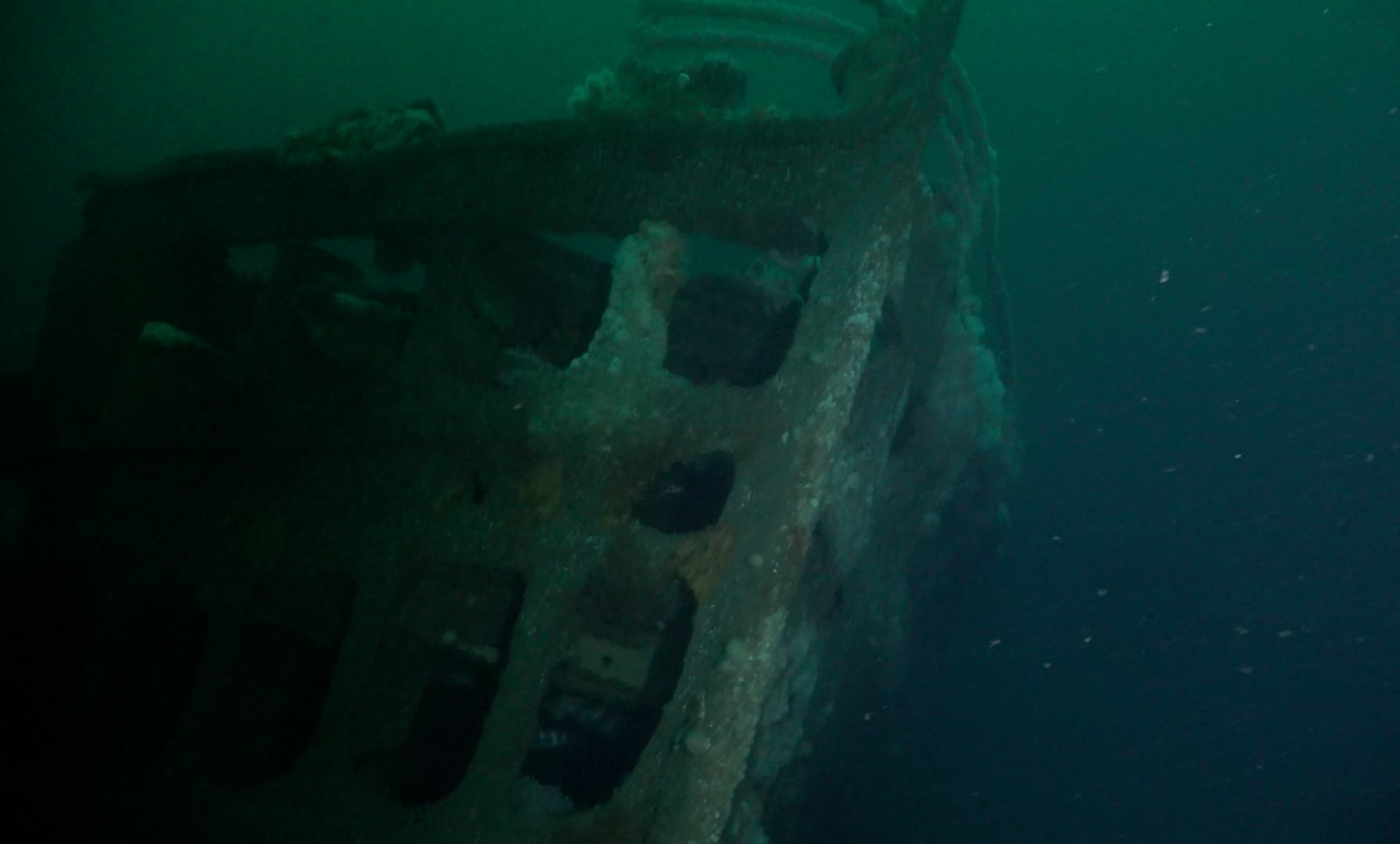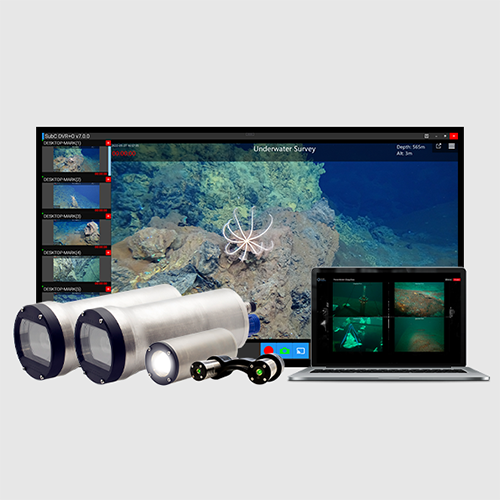How Subsea Video Technology Brings Our Sunken History to the Surface
The full article was originally published in Volume 17, Number 2 issue of The Journal of Ocean Technology.
SubC was featured in this month’s issue for its work in maritime archaeology. Our products have been at the forefront of expeditions with organizations like the University of Limerick . The article details our contribution and the fascinating discoveries made.
Introduction to Maritime Archaeology
Maritime archaeology, while similar in its goals and methodologies to terrestrial archaeology, is a challenging and somewhat novel practice. It is only in more recent decades that science and innovative ocean technology entrepreneurs have developed the tools and techniques that allow for underwater archaeological exploration. Blazing a trail in this new era of ocean exploration is SubC Imaging. By pairing integration-ready HD subsea cameras with LED lights and lasers, and software systems, and collaborating with oceanographic exploration teams, SubC Imaging is shining a spotlight on our sunken past.
Above: 3D model of German U-Boat, U-58, that sank off the Irish Coast.
Below the surface lies robust history; snapshots of moments in time that have, over centuries, become fixtures of the aquatic environment. These are pieces of our past that play a vital role in helping us understand our present, by providing a platform for robust ocean ecosystems to grow and thrive. Exploring these deepsea historical sites, without damaging the marine environment or the archaeological site itself, requires a nuanced approach to ocean exploration, including the development and use of specialized oceanographic tools.
The Challenges
There are significant challenges associated with underwater archaeology such as the depth at which many archaeological sites are located, and the impenetrable darkness of the deepsea environment.
Factors such as sediment, marine wildlife, and the unpredictability of an aquatic environment add layers of difficulty to an already delicate and demanding task.
Above: Structure of a WW1 era ship with reef forming cold water coral growing. This photo was taken with SubC’s 1Cam.
Our Work with The University of Limerick
SubC Imaging did not shy away from the challenges that marine archaeology presents, and in 2019, worked with the University of Limerick to gather HD footage of a First World War era U-boat, cargo vessel, and ocean liner. Using the fully autonomous underwater vehicle, Étáin, and SubC Imaging’s 1Cam Mk6 camera, the team collected enough high-quality footage of the three wrecks that they were able to create 3D models of each. This expedition also led to the discovery of vessels off the Atlantic coastline that have been fully colonized by coral reefs, normally found in deeper, colder water. The success of the mission with University of Limerick generated interest in how subsea camera systems can be used in marine archaeology applications.
Above: The remains of the SS Justicia lie near the northernmost point of the island of Ireland, the Malin Head, at a depth of 68 m.
Constant Innovation
A key to the success of these maritime archaeology ventures has been the culture of collaboration that SubC Imaging has created with clients and counterparts. By working with the team at the University of Limerick, SubC Imaging created a customized camera system that was fully integrated into an autonomous ocean vehicle.
This refusal to accept the status-quo has resulted in enhancement and betterment to systems that are already considered to be the gold-standard in subsea video collection. One such example of SubC Imaging’s dedication to continuous improvement is the development of the Tow Camera System. This ROV alternative is not only ready to deploy, but it is built with the end user in mind. This system is durable enough to survive even the harshest of ocean environments, but still deliver high quality results in an easy to use, all-in-one package. With a catalogue of supporting equipment such as LED lights and lasers, and full suite of software and video recording solutions, SubC Imaging is helping ocean explorers understand our past, study our present, and innovate for our future.
